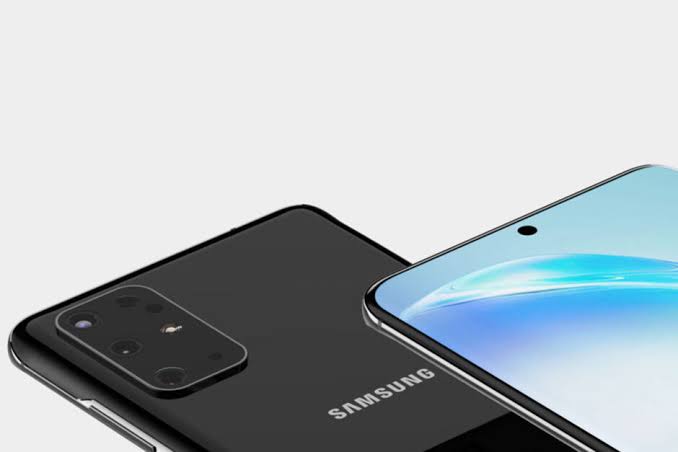Samsung Galaxy S11 – Powerful Upgrade
Samsung is anticipated to launch the Galaxy S11 in mid-February 2020. That approach the design may be locked in, production schedules set, and trying out of the handset can be below way - as witnessed by using the browser displaying up in on line benchmarking tools. Now we have more details about the digicam to anticipate in the flagship phone.
With phone cameras one of the key regions that consumers look for while purchasing a new phone, the Galaxy S11 own family is anticipated to make full-size strides over the present day cameras, as SamMobile highlights:
“The Galaxy S11, which is codenamed ‘Picasso’, is expected to have a 5x zoom camera that makes use of a ‘periscope system’ that allows the camera module to take a seat flush with the frame of the smartphone due to the fact the sensor and lenses are arranged sideways and make use of the precept of reflecting light in a telescope. Samsung has been mass producing any such digital camera sensor since early this year, and a couple of reports within the final couple of months have said that the sensor will first be used inside the Galaxy S11.”

The contemporary details come from Dutch internet site Galaxy Club, who have picked up on the inner codename Samsung’s reducing edge digicam. Already predicted to characteristic a periscope association of lenses and mirrors to permit for accelerated optical zoom, the unit goes by the code call of ‘Hubble’, which draws the obvious connection to the masterful space-based totally telescope which can see to the brink of the universe.
KEY SPECIFICATIONS OF SAMSUNG GALAXY S11
| Performance | Samsung Exynos 9 Octa |
| Storage | 256 GB |
| Camera | 108MP + 13MP + 8MP |
| Battery | 4500 mAh |
| Display | 6.7" (17.02 cm) |
| Ram | 8 GB |
For a camera that appears to be boasting a 5x optical zoom, that seems alternatively appropriate.

Let’s wish that the Galaxy S11 doesn’t comply with Hubble too closely - the Space Telescope was released with an incorrectly polished mirror, requiring a service venture from the Space Shuttle to connect some virtual spectacles to permit higher focusing.

